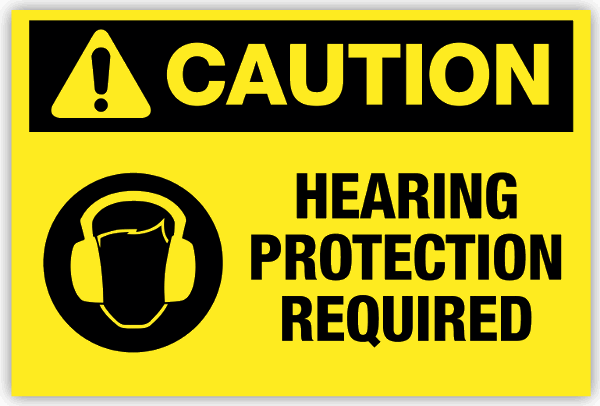There are many myths and misconceptions that people have about room acoustics. Many aspects of acoustics are counterintuitive. Here’s a quick sampling of fast facts about room acoustics.
- dB (Decibel) is a term used to describe sound pressure level.
- An increase of 3dB in sound pressure level requires twice the power. Likewise, a drop of 3dB cuts the sound power in half.
- 3dB is the smallest amount of sound pressure change normal people can discern.
- RT60 (aka “reverberation time”) is the time it takes for a stopped sound to decay 60 Decibels.
- A 60 Decibel increase is equal to increasing the power 1,000,000 times.
- To perceive a 1dB change in sound, you need to be in a very quiet environment such as a recording studio.
- To double the (perceived) loudness of sound, you need to double the power 3 times, or 9dB.
- Sound generally travels through the air at 1,127 feet per second at room temperature.
- Sound travels faster at high temperatures, and slower in cold environments.
- Sound travels over 10 times faster through a pine wood wall stud than in air.
- Sound travels more than 4 times slower through SilentWrap and SilentImpact than in air.
- Frequency = vibrations per second. The official term for frequency is Hertz (“Hz”).
- The frequency range of human hearing is from 20 Hz to 20,000 Hz. The high-frequency range of hearing is reduced with aging. This loss is accelerated by excessive exposure to noise.
- The human voice contains both fundamental vibrations (which define “pitch”) and harmonic vibrations (which create the recognizable timbre of a given voice).
- The fundamental frequency range of the human voice is 80 Hz to 1,200 Hz.
- However, Harmonics extend voice frequency content up to 6,000 Hz.
- Harmonics are multiples of fundamental frequencies. “Middle C” on a piano is about 262 Hz, but this sound also contains information at 524, 786, 1,048, 1,310 Hz etc.
- Harmonics are what make each voice and instrument “sound” different. Without harmonics, a clarinet, a trumpet, and a saxophone playing the same notes would all sound the same.
- “SSS” sounds in speech are often caused by air moving between the spaces in a person’s teeth.
- “SSS” sounds range from 5,000Hz to 9,000Hz.
- The wavelength of 2,000Hz is 6.75 inches.
- The wavelength of 200 Hz is 5.64 feet.
- The wavelength of 20 Hz is over 56 feet!.
- Carpet absorbs sound primarily above the speech range, making carpet a poor controller of speech or music in a large room. Excessive absorption at high frequencies also kills the musical character of a space.
- What is not absorbed by a surface (like carpet) is reflected back into the room.
- Building acoustical control into a church, auditorium, or any other listening space when it’s being constructed often doesn’t cost much extra. It’s largely a matter of knowledge on how to do it.
- It always costs more to fix an acoustic problem after-the-fact.
To learn more about why the speed of sound is different for various materials, please click here.
